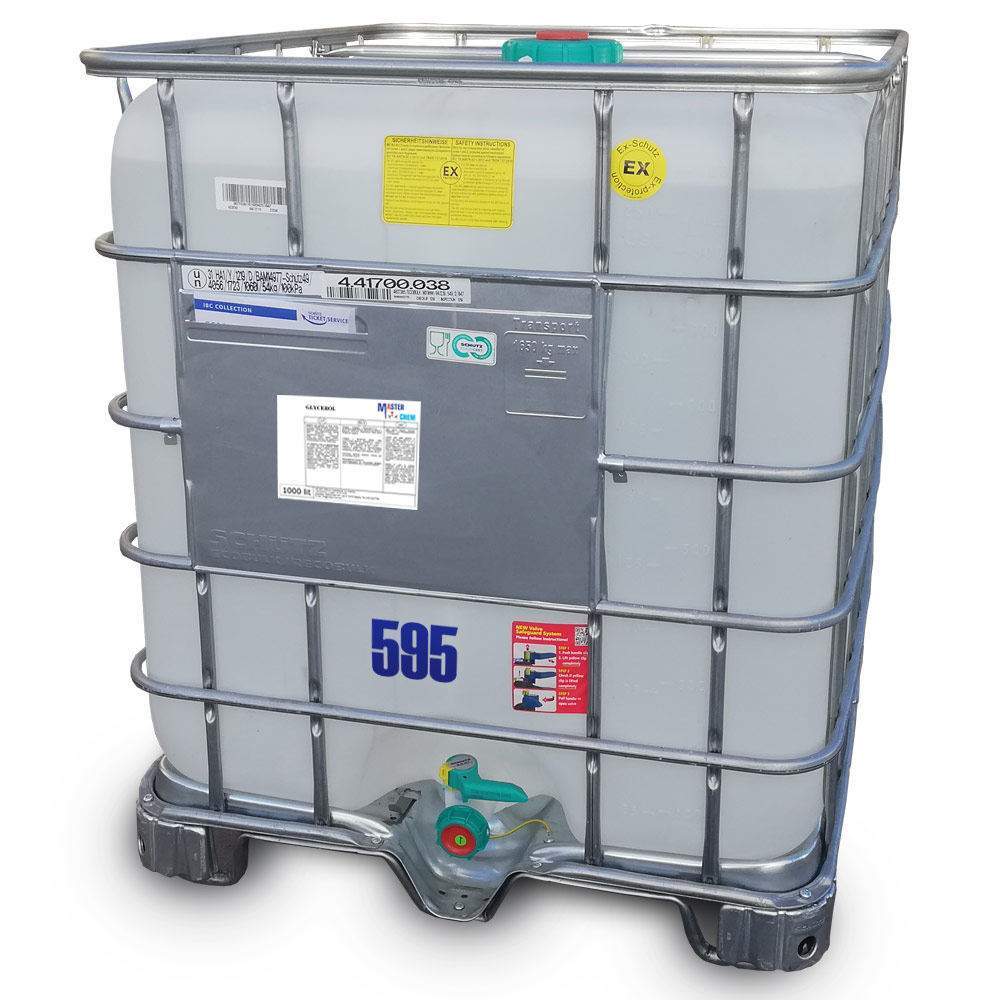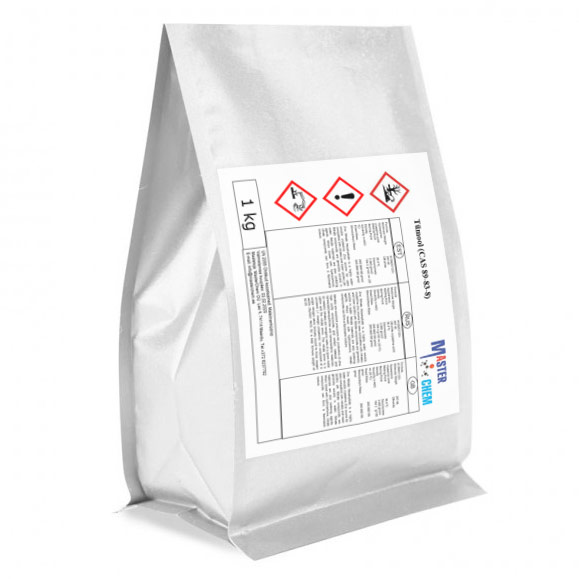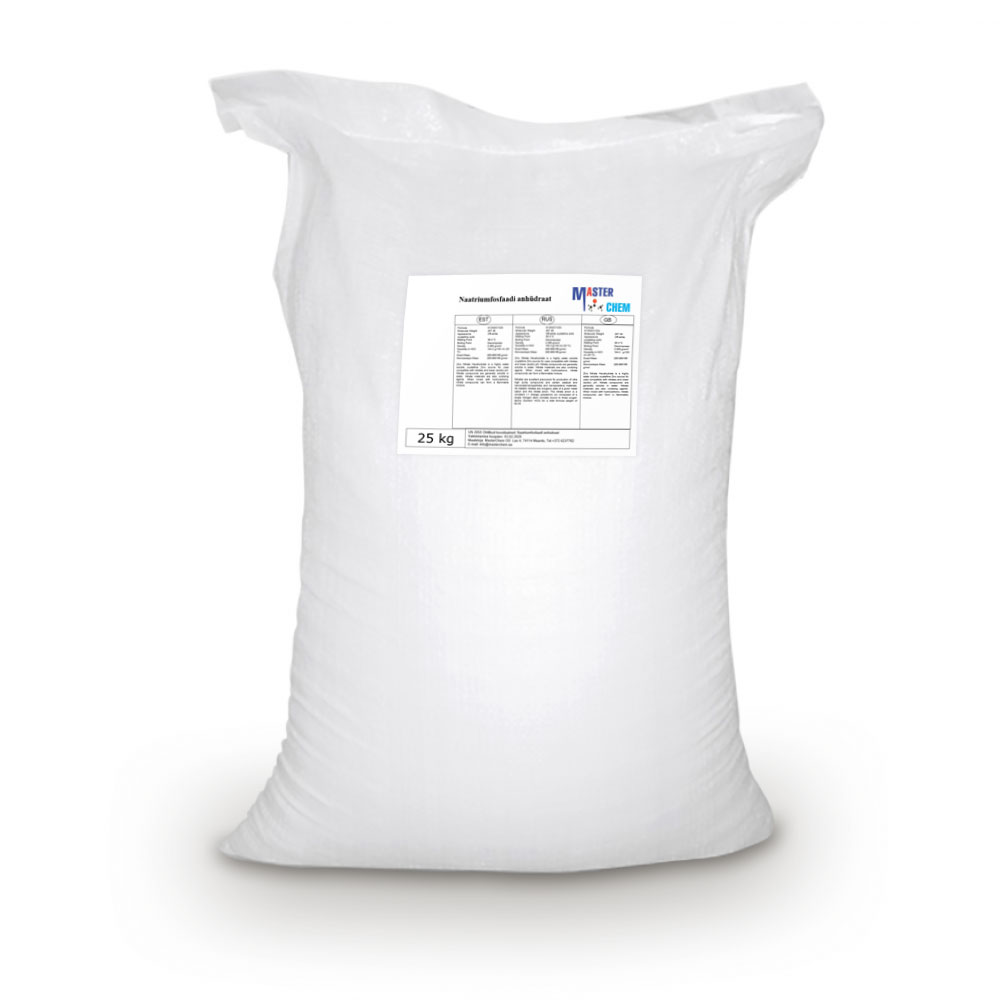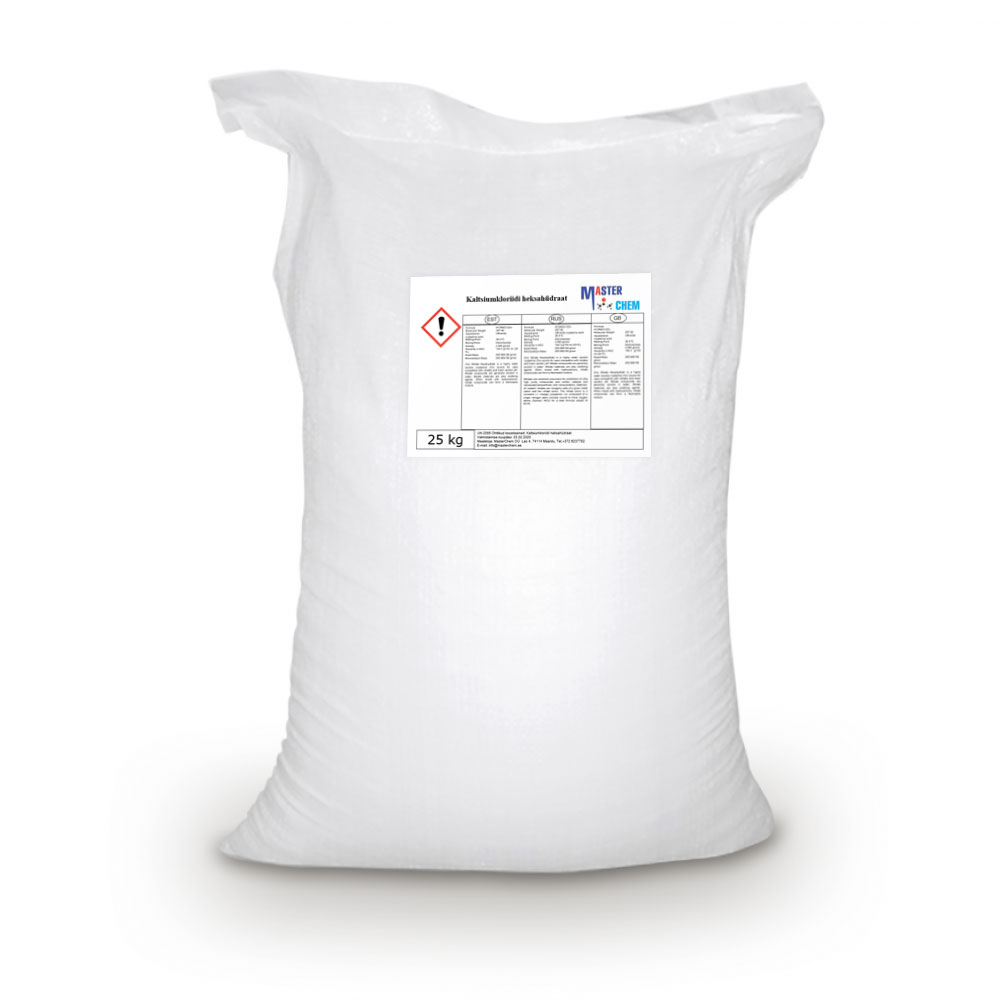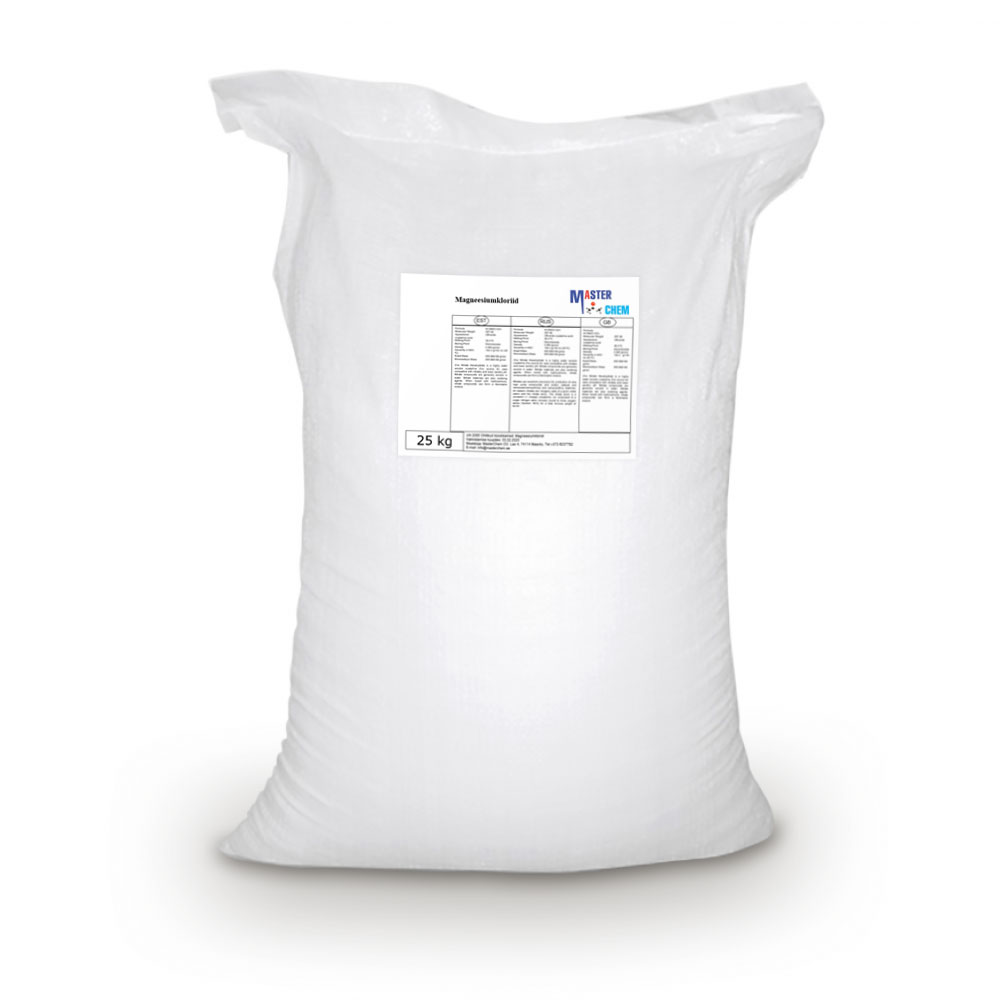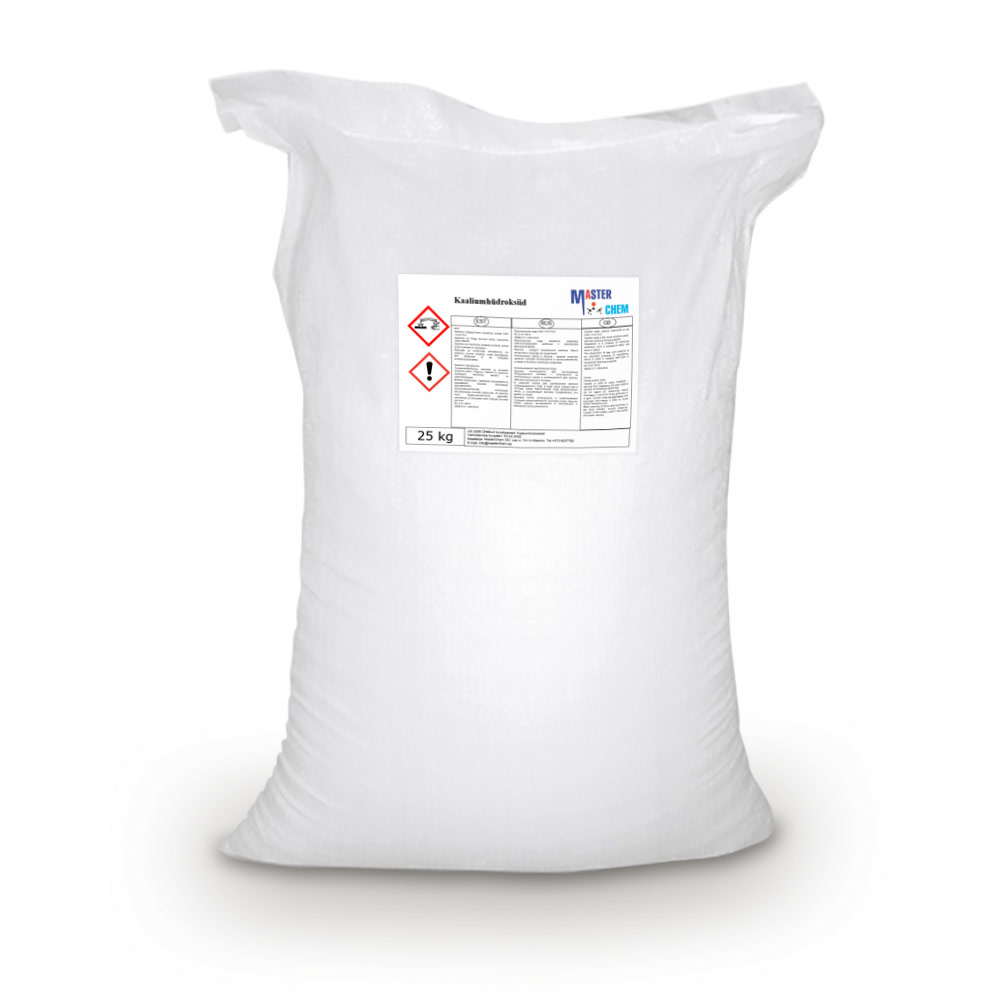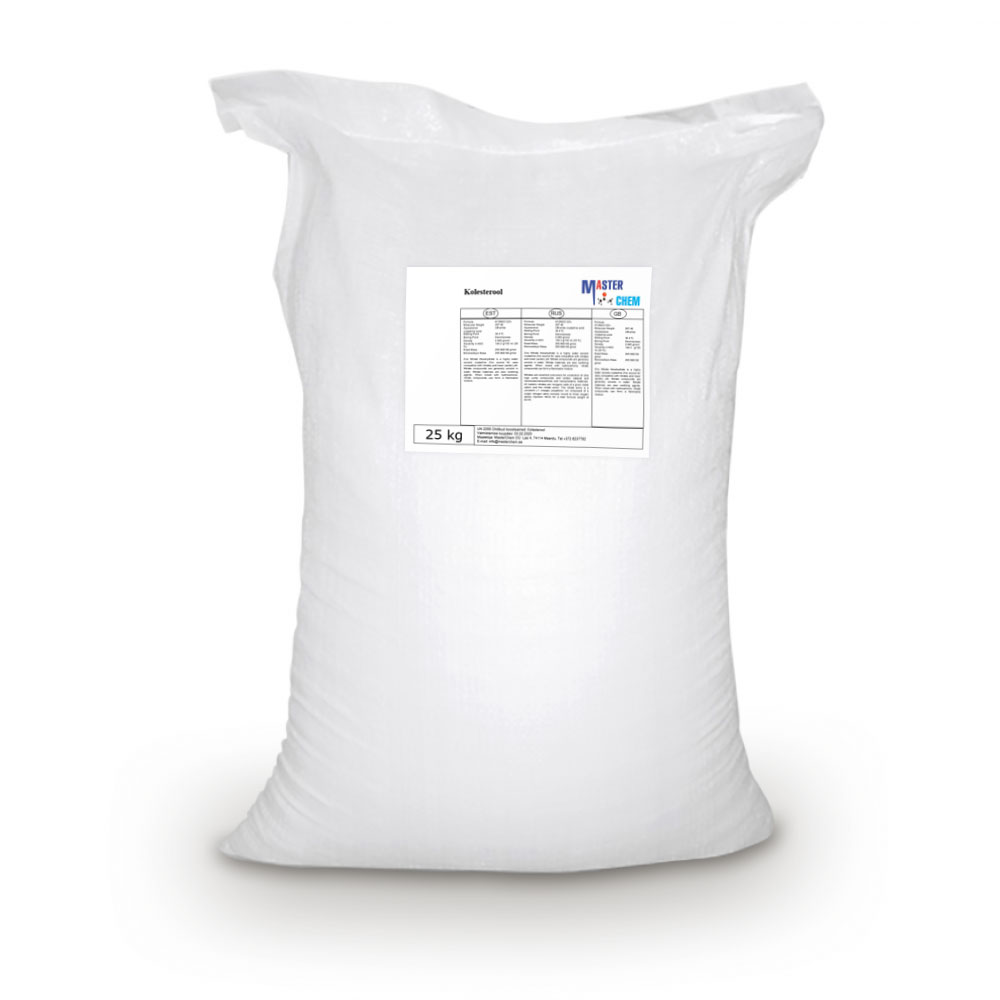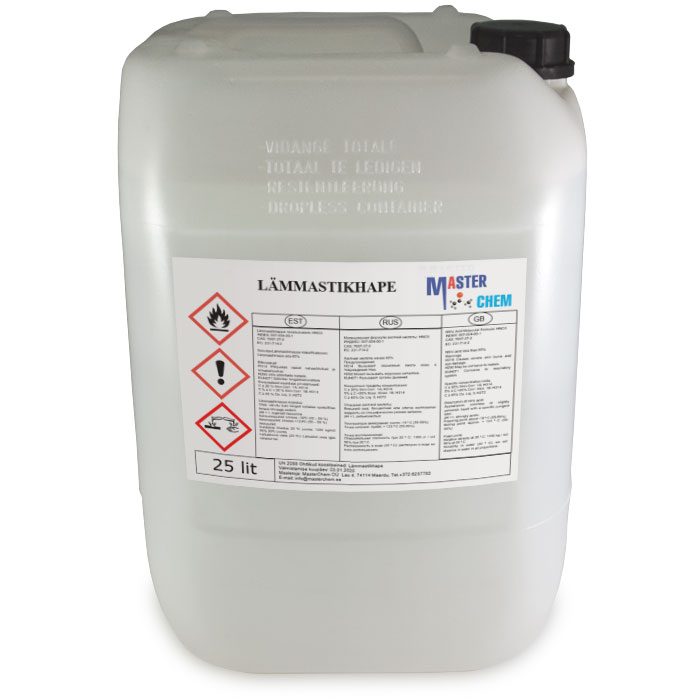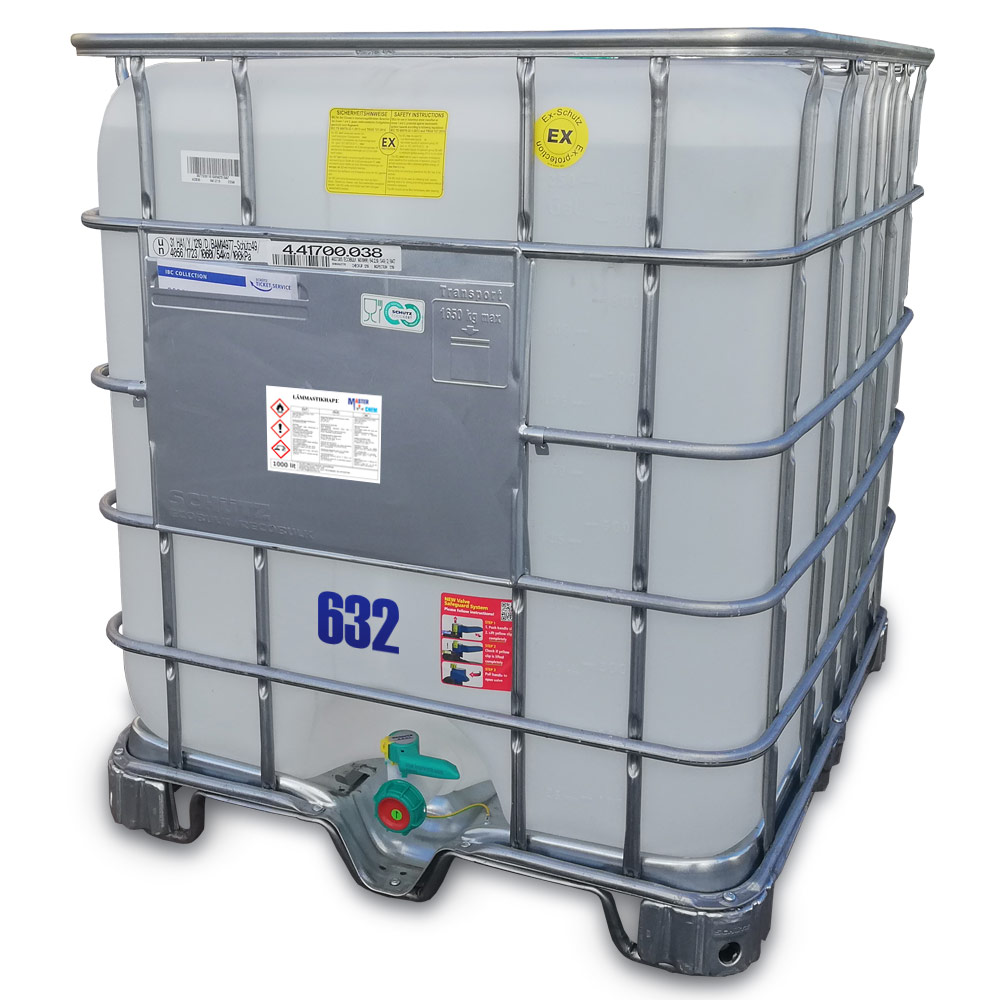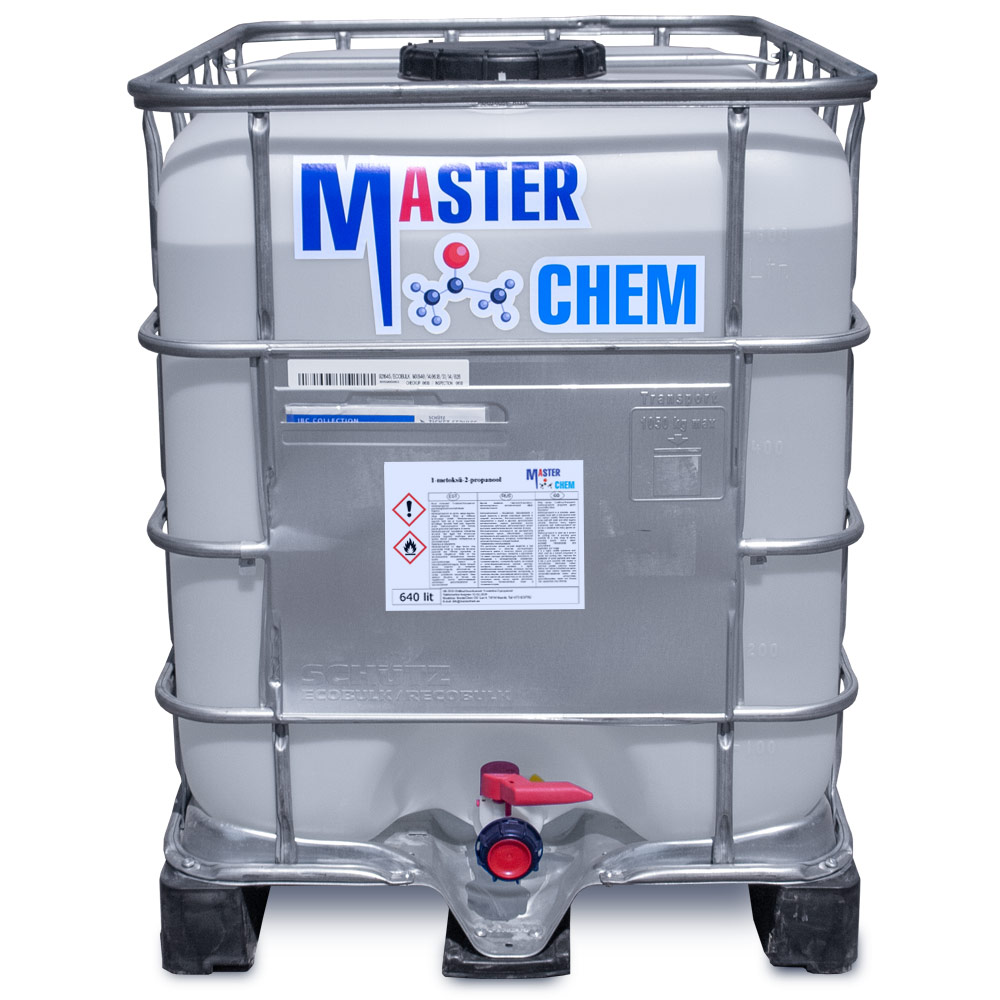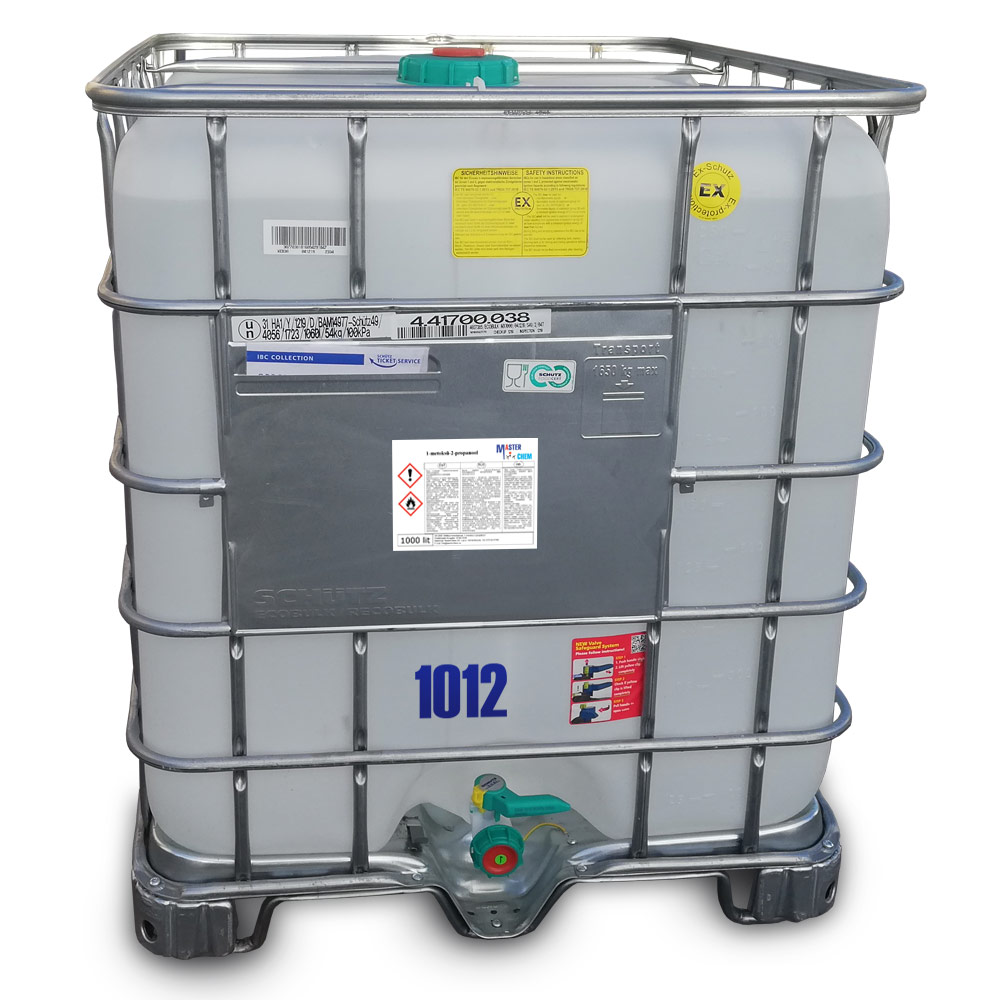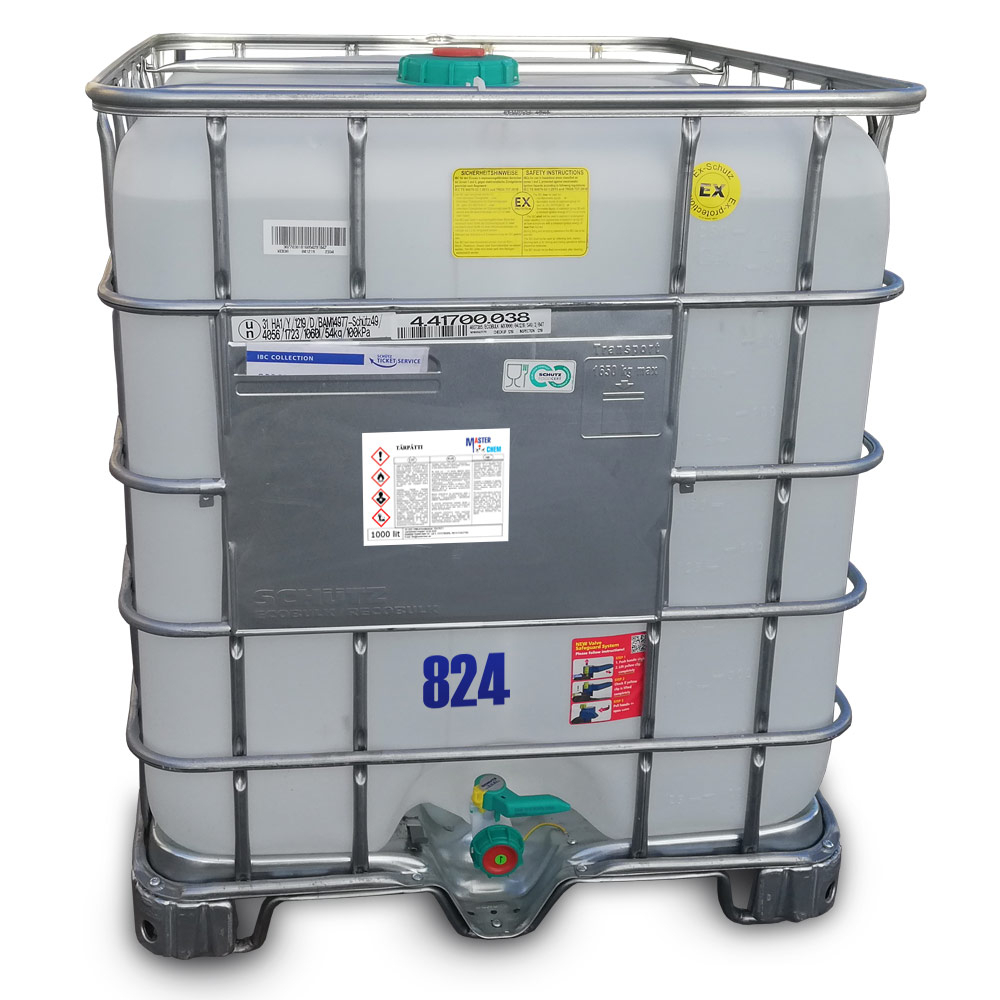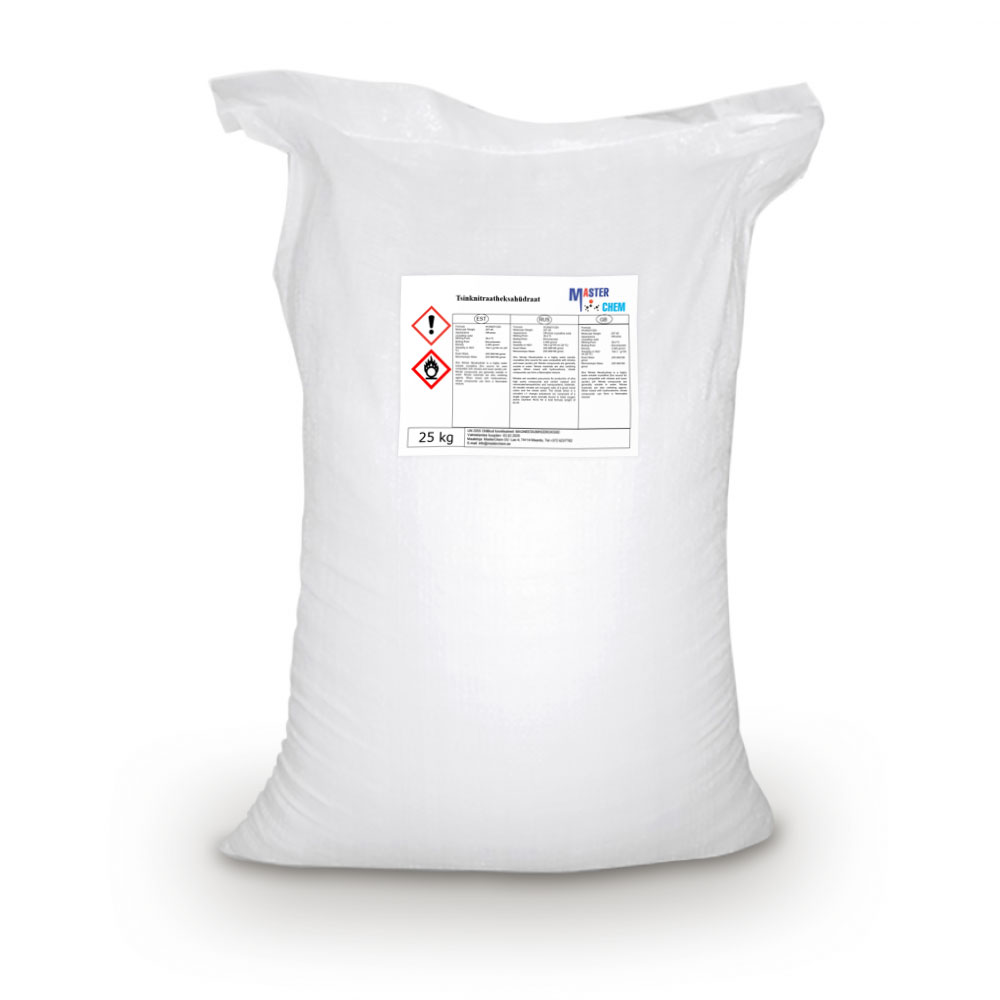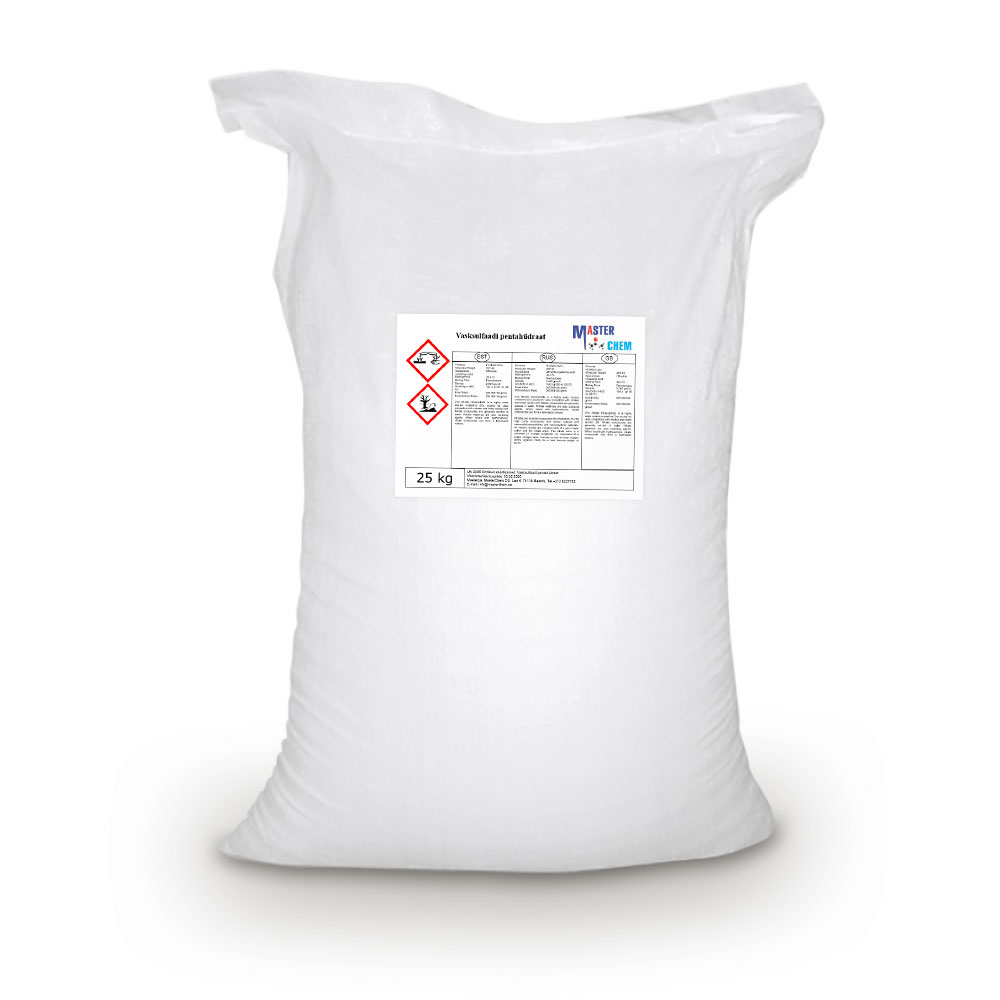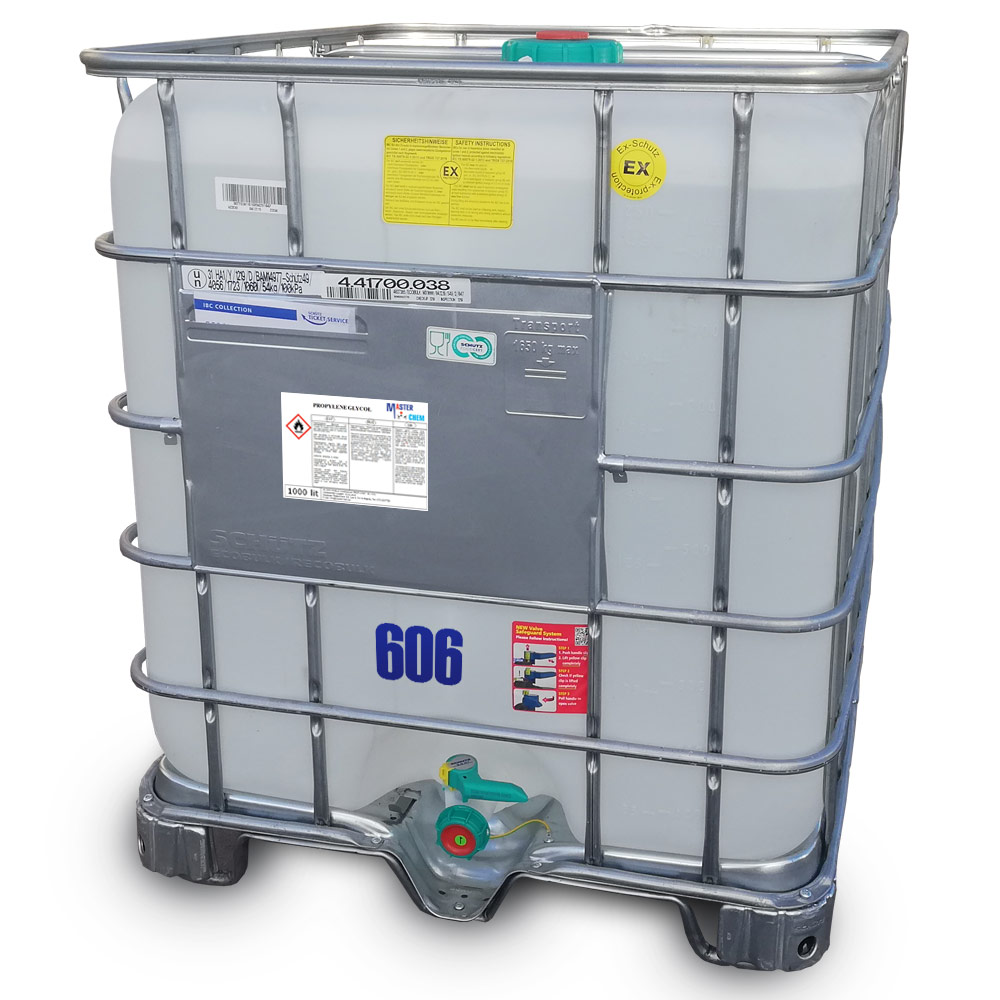Currently Empty: €0.00
Glycerin (CAS 56-81-5)
Other names: glycerin, glycerin, propanetriol, 1,2,3-trihydroxypropane, 1,2,3-propanetriol
Glycerin, also called glycerol, is a simple polyol compound. It is a viscous, colorless and odorless liquid, with a sweet taste and non-toxic. The glycerin backbone is found in lipids known as glycerides. Because it has antimicrobial and antiviral properties, it is widely used in FDA-approved wound and burn treatments. On the contrary, it is also used as a bacterial culture medium. It can be used as an effective marker to measure liver disease. It is also widely used as a sweetener in the food industry and as a humectant in pharmaceutical formulations. Due to the presence of three hydroxyl groups, glycerin is miscible with water and is hygroscopic in nature.
CAS: 56-81-5
€0.00 – €1,908.00Price range: €0.00 through €1,908.00
Product Description
Applications:
Food industry
In foods and beverages, glycerol serves as a humectant, solvent, and sweetener, and can help preserve foods.
Medical, pharmaceutical and personal care applications
Glycerin is mildly antimicrobial and antiviral and is an FDA-approved treatment for wounds. The Red Cross reports that an 85% glycerin solution shows bactericidal and antiviral effects, and glycerin-treated wounds show reduced inflammation after about 2 hours. Because of this, it is widely used in wound care products, including glycerin-based hydrogel sheets for burns and other wound care. It is approved for all types of wound care, except third degree burns, and is used to pack donor skin used in skin grafts.
Antifreeze
Like ethylene glycol and propylene glycol, glycerol is a nonionic cosmotrope that forms strong hydrogen bonds with water molecules, competing with water-water hydrogen bonds. This interaction disrupts ice formation. The minimum freezing point temperature is approximately -36°F (-38°C) which corresponds to 70% glycerol in water.
intermediate chemical
Glycerol is used to produce nitroglycerin, which is an essential ingredient in various explosives such as dynamite, gelignite, and propellants such as cordite. The reliance on soap manufacturing to supply glycerol as a by-product made it difficult to increase production to meet wartime demand.
| Weight | N/A |
|---|---|
| Monto disponible | 1000 ml, 5 l, 10 l, 20 l, 25 l, 200 l, 500 l, 1000 l |

